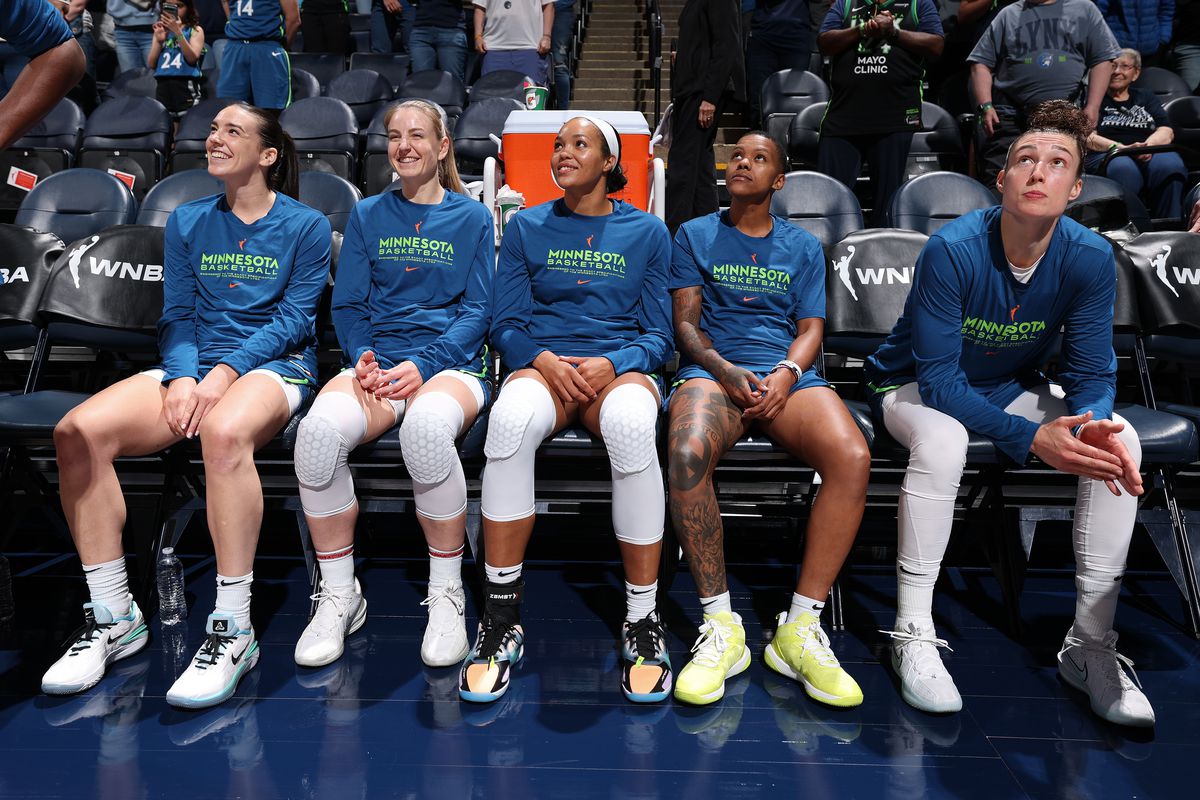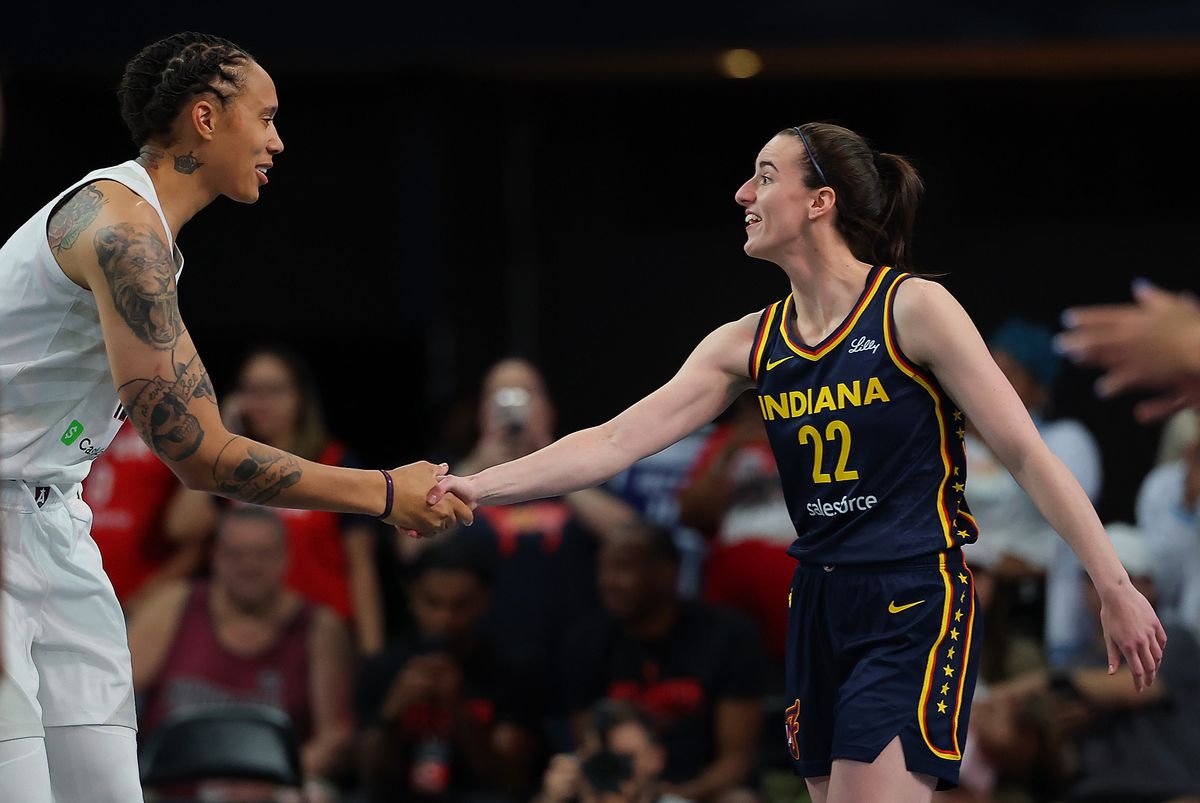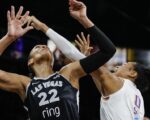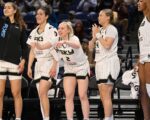The WNBA season is almost here, with this new year bringing even more compelling basketball storylines than before. As teams prepare to hit the hardwood for opening weekend, here are three key narratives worth tracking closely:
Overseas returners: The acclimation timeline
A common challenge for WNBA teams is integrating players arriving from overseas leagues, often just days before the season begins. This year is particularly noteworthy, with several key players concluding their international commitments just as (or after) the WNBA regular season starts.
Players like the New York Liberty’s Leonie Fiebich and Seattle Storm’s Ezi Magbegor are among those making quick turnarounds from overseas campaigns. History shows these transitions can significantly impact early-season performance, with teams featuring late returners typically finding their rhythm around mid-June.
Watch how coaches manage minutes with and without these stars during opening weekend. Some may still be overseas and won’t play at all to start the year; others may see reduced roles. The physical toll of essentially playing year-round basketball without proper rest raises legitimate concerns about injury risk and performance.
Teams with roster continuity and minimal overseas participation—like the Indiana Fever—could potentially capitalize on these early-season disjointed lineups. The first three weeks often reveal which franchises can weather this acclimation period most effectively, potentially building cushions in the standings before opponents reach full strength.
Minnesota Lynx: How open is their championship window?

The Minnesota Lynx enter 2025 with perhaps their most urgent title pursuit since their dynasty years. With the core trio of Napheesa Collier (28), Kayla McBride (32) and Courtney Williams (31) all in or approaching the later stages of their prime years, there could be a now-or-never sense surrounding the franchise.
After losing in the WNBA Finals last season in a heartbreaking Game 5, the Lynx didn’t really make any targeted offseason acquisitions besides trading for Karlie Samuelson. Their salary cap situation becomes significantly more challenging after this season, when several key rotation players hit free agency in an important year due to ongoing CBA talks.
Opening weekend will provide early indications of whether their championship chemistry has fully developed. Pay particular attention to the rotations used, especially if there is a longer leash with young players like Diamond Miller and Alissa Pili, who will be crucial to any potential postseason run the Lynx hope to make, especially since Dorka Juhász will also be missing the entire season.
Collier is in her prime and is coming off her most complete season as a pro. Does she make another leap? Watch for how she asserts herself this season, as establishing another strong MVP case could propel the Lynx during this period of urgency.
For a franchise with four championships in their history, anything short of a semifinals appearance with this roster could trigger questions about their future, making these early games so important for developing a strong footing.
The 3-point revolution: Which team benefits the most?

The WNBA’s 3-point revolution has accelerated dramatically, with last season setting records in attempts per game from beyond the arc. As teams continue embracing modern offensive principles, last year’s record will likely be shattered. Certain players and franchises are positioned to capitalize based on their shooting profiles.
The Atlanta Dream and Phoenix Mercury appear most strategically aligned with this trend after reconstructing their rosters around perimeter shooting. New head coach Karl Smesko and the Dream have repurposed Brittney Griner and Brionna Jones to be outside shooters. Their offseason acquisitions suggests they’re leaning fully into the spacing revolution of the 3-ball. Opening weekend should reveal whether this approach will be beneficial, or if future tweaks in roster construction will be needed down the line.
Nate Tibbets, the head coach of the Mercury, has mentioned changing the shot profile of stars Kahleah Copper and Satou Sabally to include more 3s and less midrange shots. This isn’t necessarily a bad thing. Contrary to popular belief, analytics actually encourage good midrange shooters to take midrange shots, but if the percentages aren’t great, a change in shot diet is recommended. How will Copper and Sabally be impacted by this change? Will it boost their scoring or will it take them time to adjust?
Today at Phoenix Mercury training camp, coach Nate Tibbetts talked about Kahleah Copper and Satou Sabally’s shot selection.
Tibbetts refers to the midrange as the “manure strip,” and has said Sabally has done a good job avoiding taking midrange jumpers.#WNBA #ValleyTogether pic.twitter.com/O52rmYMI7v
— Desert Wave Media (@DesertWaveCo) May 4, 2025
Their opening weekend offensive approaches will indicate whether these teams have the right personnel to optimize this new, sweeping approach. The 3-point evolution affects more than just scoring; it reshapes rebounding, transition opportunities and defensive principles. Teams that most effectively balancing modern offensive spacing with good defensive principles—and have the roster to implement these visions—will likely emerge as this season’s true contenders.


